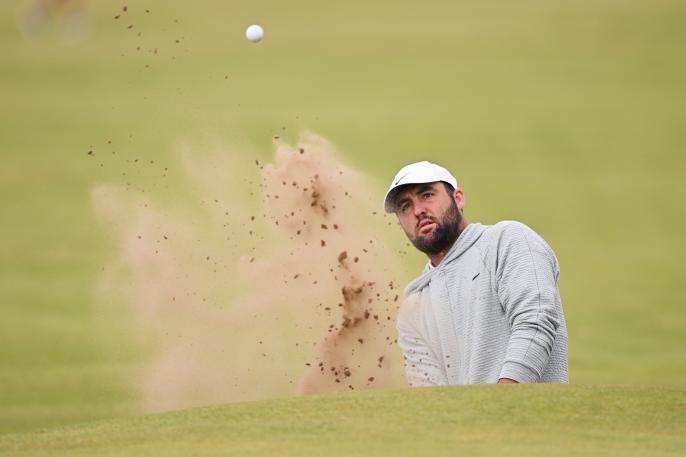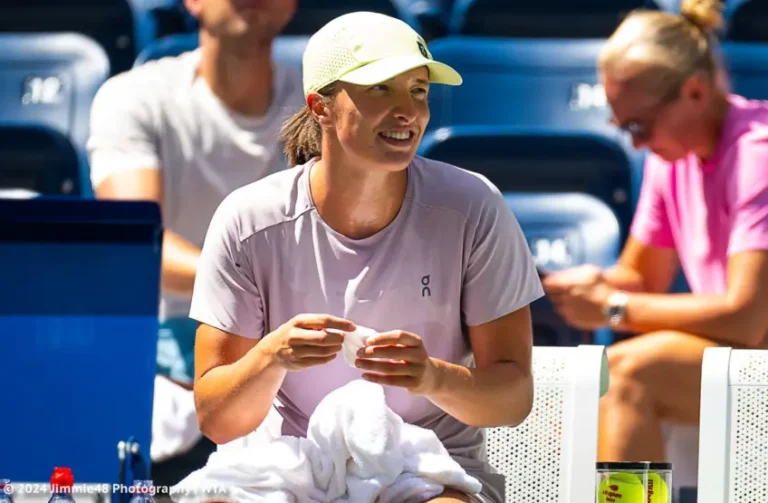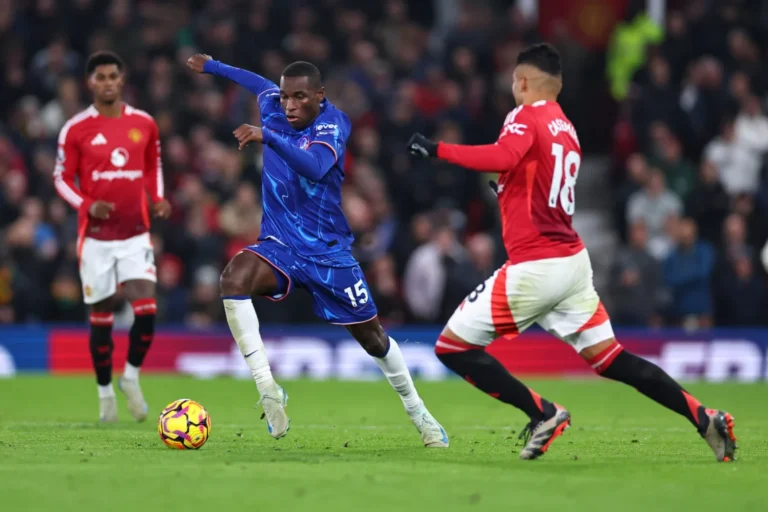British Open 2024: Why Scottie Scheffler loves this tiny but important change at Royal Troon: ‘It was a bit of luck’
last year in the first round at the British Open, Rory McIlroy was greenside in two shots at the par-5 finishing hole, yet five minutes later he fist-pumped a 10-foot par save. Why? McIlroy was nestled under the lip of one of Royal Liverpool’s nasty bunkers. He tried to play out sideways and failed. His second attempt required one foot in, one foot out of the bunker. The whole scene even sparked a minor rules controversy.
It all stemmed from a problem Scottie Scheffler warned about earlier in the week. “Here it seems like the faces of every bunker have almost a downslope going towards it,” Scheffler said last year. “I don’t think that’s something I particularly like in a golf course. I think it doesn’t reward the good shots as much.”
We’re used to seeing these chaotic scenes in pot bunkers at The Open, but last year the unusual shape of the bunkers that Scheffler alluded to made them particularly penal.
You don’t want to be in these bunkers,” 2009 Open champion Stewart Cink said of Royal Liverpool. “They’re so flat. The bottoms of them are so flat that if a ball comes in with any momentum, it’s just going right up to the lip and stop. There’s not a little upslope that helps you at all. They are very penal.”
The difficulty of bunkers being flat is exactly what Cink and Scheffler described. There is nothing preventing the ball from rolling underneath the face. This isn’t an issue, of course, on most American courses, where the bunkers naturally rise up to the lips, but on links with riveted-face pots, the bottom of the bunkers can be nearly perfectly level.
That’s how you get scenes like McIlroy on the 18th hole last year, trying to play sideways away from the hole and still not able to get it out.
But we’re likely to see far less of that this year at Royal Troon, as Scheffler says the R&A have raked the bunkers a little differently. Scheffler described in his Tuesday press conference that the bunkers are built up near the edges to encourage balls to filter back into the middle of the sand, as you can see below.
Last year in the first round at the British Open, Rory McIlroy was greenside in two shots at the par-5 finishing hole, yet five minutes later he fist-pumped a 10-foot par save. Why? McIlroy was nestled under the lip of one of Royal Liverpool’s nasty bunkers. He tried to play out sideways and failed. His second attempt required one foot in, one foot out of the bunker. The whole scene even sparked a minor rules controversy.
It all stemmed from a problem Scottie Scheffler warned about earlier in the week. “Here it seems like the faces of every bunker have almost a downslope going towards it,” Scheffler said last year. “I don’t think that’s something I particularly like in a golf course. I think it doesn’t reward the good shots as much.”
“You don’t want to be in these bunkers,” 2009 Open champion Stewart Cink said of Royal Liverpool. “They’re so flat. The bottoms of them are so flat that if a ball comes in with any momentum, it’s just going right up to the lip and stop. There’s not a little upslope that helps you at all. They are very penal.”
RELATED: Tiger Woods fired back at Colin Montgomerie, but Monty knows the truth
The difficulty of bunkers being flat is exactly what Cink and Scheffler described. There is nothing preventing the ball from rolling underneath the face. This isn’t an issue, of course, on most American courses, where the bunkers naturally rise up to the lips, but on links with riveted-face pots, the bottom of the bunkers can be nearly perfectly level.
That’s how you get scenes like McIlroy on the 18th hole last year, trying to play sideways away from the hole and still not able to get it out.
But we’re likely to see far less of that this year at Royal Troon, as Scheffler says the R&A have raked the bunkers a little differently. Scheffler described in his Tuesday press conference that the bunkers are built up near the edges to encourage balls to filter back into the middle of the sand, as you can see below.

Players are more likely to be playing from the middle of the bunkers this week at Royal Troon.
Luke Walker/R&A
“I love how they changed how they rake the bunkers this year with the more traditional sloping coming off the walls,” Scheffler said.
While this makes one of Royal Troon’s toughest features slightly less daunting, Scheffler says it makes the course play more fair and less reliant on luck.
“Last year I thought it was a bit silly how they flattened out each bunker,” he said. “The bunkers are still a penalty enough when the ball isn’t up against the lip. It was a bit of luck whether or not your ball would bury into the face because you have a flat bunker and a wall
This year, Scheffler says players have more of a fighting chance to get out of the deep bunkers, instead of being handcuffed like McIlroy. Since more balls will filter back into the middle of the bunkers this week, players will have the option to either take on the difficult shot and play straight ahead, or play it safe and go out sideways.
“It leaves more opportunity for great shots and risk and reward,” he says.






